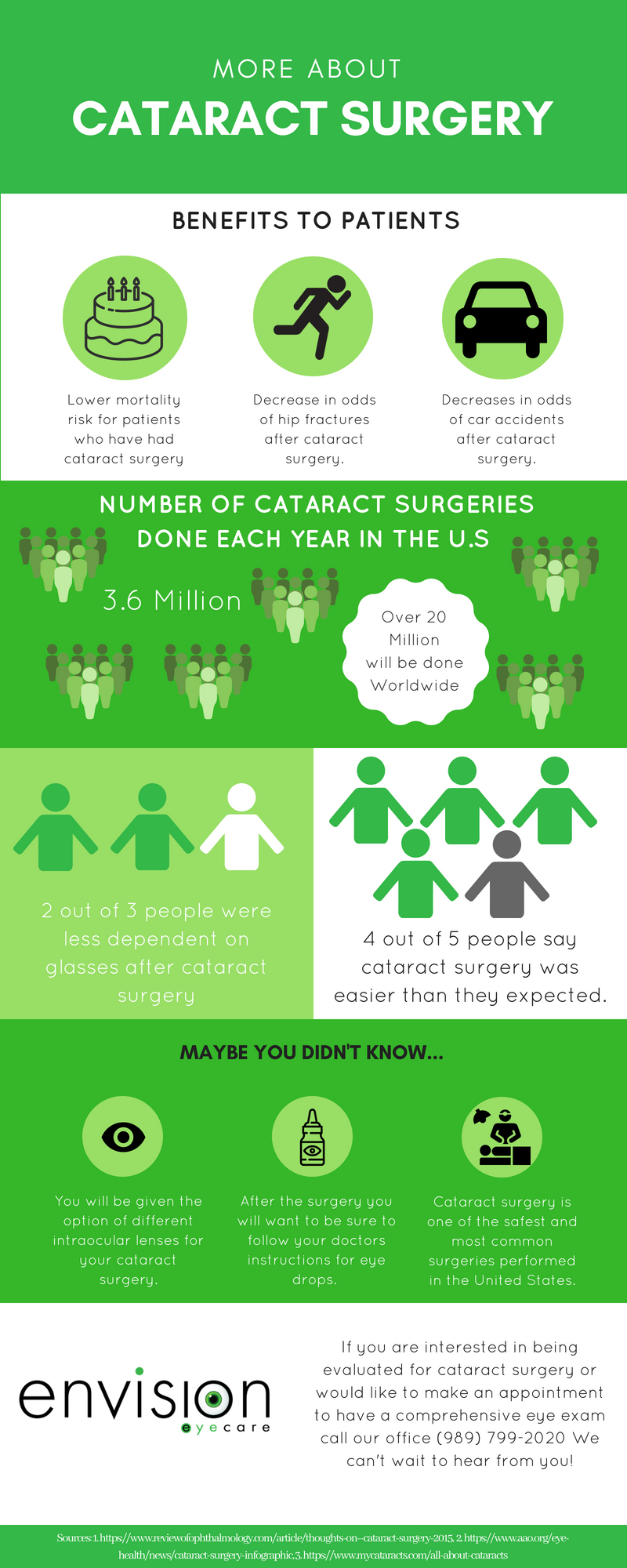As a cataract surgeon, your day begins with an extensive eye evaluation, where you examine patients' vision and lens clarity. You understand exactly how crucial it is to recognize cataracts precisely. Once diagnosed, you prepare for surgical treatment, making certain every information is made up. However the obstacle does not finish there. cataract surgery at 70 unfolds in the operating room, where precision is key. What occurs next might define a patient's aesthetic future.
The Diagnostic Refine: Identifying Cataracts
When it pertains to detecting cataracts, quality is vital. You'll begin with a thorough eye exam, where you'll examine visual acuity and look for any signs of cloudiness in the lens.
During this process, you'll use specialized tools, such as a slit lamp, to obtain a thorough view of the eye's structure. You'll also do a dilated eye test to assess the lens and retina more thoroughly.
Gathering your person's medical history is essential, as it aids identify risk elements like age, diabetes, or previous eye injuries.
After analyzing 1 week after cataract surgery , you'll figure out the presence and extent of cataracts. This thorough strategy guarantees you offer the best referrals for therapy, setting the stage for the next action in their care.
The Surgical Procedure: Accuracy at work
After identifying cataracts and discussing therapy options, you prepare for the operation, where accuracy is paramount.
mouse click the following post get in the operating room, wearing sterilized gloves and a mask. The individual relaxes comfortably under intense lights, prepared for the improvement.
You begin by carrying out local anesthesia, ensuring they feel no pain. With a constant hand, you make a tiny incision in the cornea, utilizing innovative techniques to get rid of the over cast lens.
You carefully insert the man-made intraocular lens, aligning it perfectly for optimum vision. Throughout the procedure, you keep an eye on vitals and change as needed, preserving focus on the job.
In just a short time, you'll have recovered your individual's view, a gratifying outcome for both of you.
Post-Operative Care: Making Certain Optimal Recovery
Once the surgery is full, your function shifts to making certain the client's smooth recuperation.
You'll start by providing clear post-operative directions, stressing the significance of putting on the eye shield and taking recommended drugs. Advise them to stay clear of rubbing their eyes and engaging in difficult activities.
Arrange a follow-up consultation within a couple of days to check healing and deal with any kind of problems. Encourage patients to report any type of signs of infection, such as boosted redness or discharge.
In addition, review the significance of using artificial splits to minimize dry skin. Support their psychological wellness by reassuring them that aesthetic enhancements may require time.
Conclusion
In a cataract specialist's day, you witness the journey from medical diagnosis to recuperation. https://trevoricwqj.blog-kids.com/36582315/contrasting-laser-cataract-surgical-treatment-and-typical-techniques-benefits-and-drawbacks see the accuracy in surgery and the care taken post-operation to guarantee your ideal recovery. Through this experience, you gain clarity not just in vision, however in understanding the entire process. The trust established between you and your cosmetic surgeon is crucial, leading the way for a smoother recuperation. With the best assistance, you get on your means to appreciating a brighter, more clear world.
